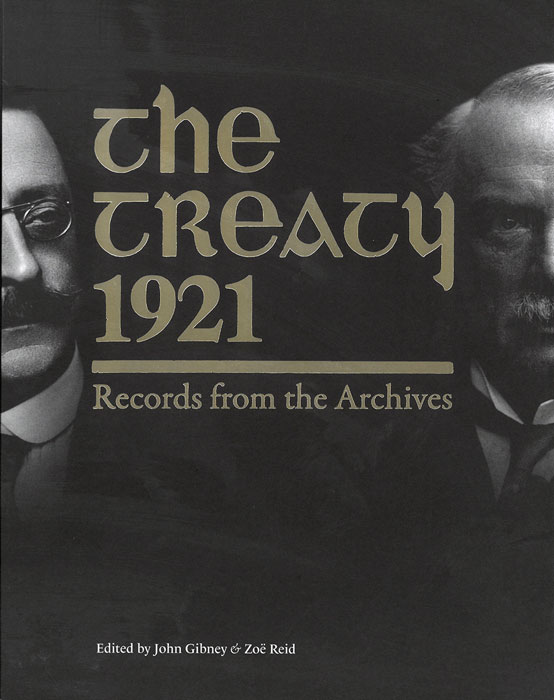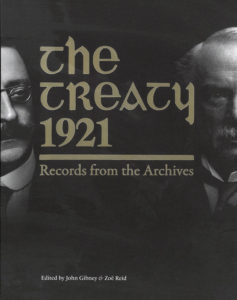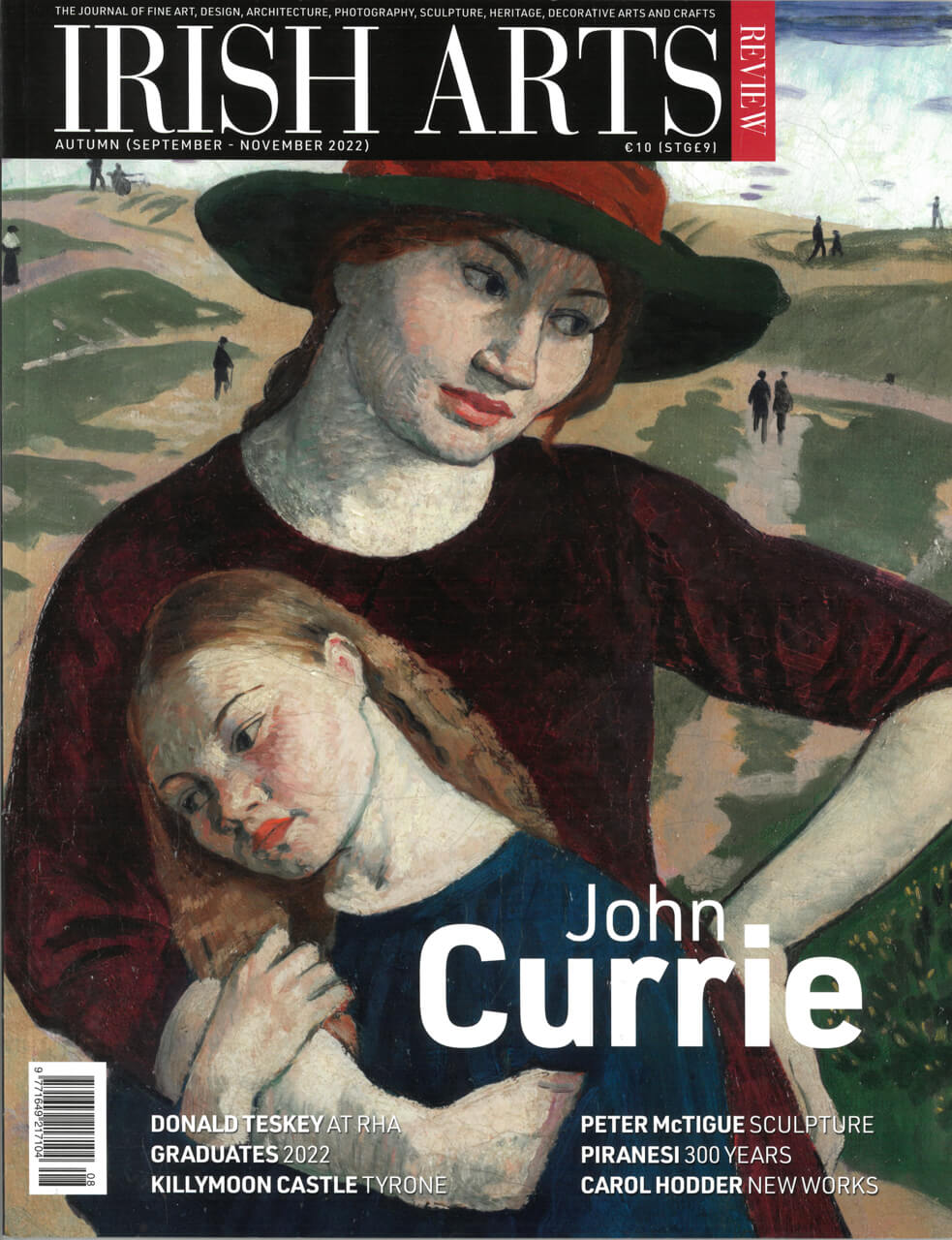
 John Gibney and Zoë Reid
John Gibney and Zoë Reid
Royal Irish Academy, 2022
pp 182 illustrated p/b
€25 ISBN: 978-1-91147-961-1
Mary Staines
The Anglo-Irish Treaty of 1921 was one of the most important events in Irish history. It led, upon its ratification in the Dáil, to the creation of the Free State, but also to a divisive vote and a civil war. The process of how that treaty was signed – from the initial initiatives for peace to the negotiations from October to December – has been the subject of surprisingly few publications relative to other events in the revolutionary period.
This book addresses that gap in an innovative and scholarly way. It is a catalogue associated with the excellent exhibition of the same name which was opened in the Coach House Gallery of Dublin Castle Gardens on 6 December 2021. The editors, John Gibney of the Documents on Irish Foreign Policy project and Zoë Reid of the National Archives, contextualise archival materials – from the National Archives in particular, but also from the National Library, the Military Archives and University College Dublin Archives – and weave them into a nuanced and complex narrative. Archival material, including photographs, letters and documents, illustrates the background to the truce, talks about talks, the decision to send plenipotentiaries, the negotiations themselves, the eventual signing of the treaty and the immediate aftermath. We are introduced to the delegates and the support staff. Other material gives us insight into the day-to-day environment in which the delegation lived and worked and, on occasion, relaxed. The choreography of the negotiations and the relationships and interactions within the delegation and between it and the cabinet in Dublin is very well drawn out.
The considerable advantage that the British delegation held by being at home, having regular before-and-after high-level meetings and civil-service support is clear. These materials detail the progression of the negotiations from an Irish perspective and a publication that engaged with the equivalent British documents would be a most revealing project.
If I have one quibble, it is with the production of this catalogue. I appreciate that it used archival grade paper, Munken. This works very well, as does the integration of the archival material with the text. However, the publisher has chosen Swiss binding, which exposes the stitched spine. Although this is meant to allow the book to open flat, it is not always successful, nor, in my opinion at least, is it aesthetically pleasing.
Mary Staines is a PhD candidate in Modern Irish History, Trinity College Dublin.



